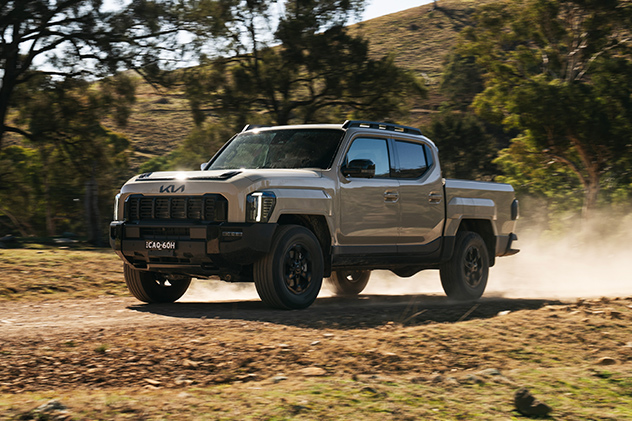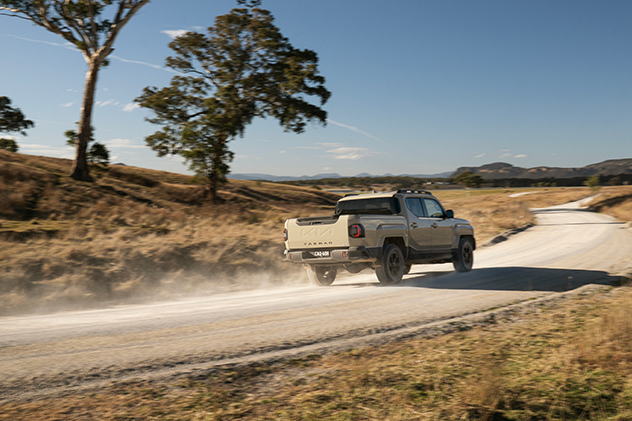
Key points
It has been five months since the Kia Tasman first launched in Australia but sales data shows Kia’s breakthrough ute is yet to gain proper traction with Aussie buyers.
Kia Australia execs were bullish about their sales targets at the Tasman’s local launch in July, telling media that as the lead market for the program it would need to sell at least 20,000 units a year for it to be viable.
At present, that would be good enough for fourth outright in the hyper-competitive ute market, behind the Ford Ranger, Toyota HiLux and Isuzu D-Max.
Five months into the Tasman experiment, however, it is clear Kia’s hay hauler is falling short of sales expectations.

Monthly sales data reveals Kia has sold 3109 examples of the Tasman since its launch in mid-July – against a projected sales target of 8335 – meaning Kia is capturing less than 50 per cent of its Tasman sales target.
That was despite a limited-time sales offer earlier in the month which cut the price of Kia’s ute by up to $6971.
According to Kia insiders, a key reason for the slower than expected sales is some Tasman models are yet to arrive. Kia is still waiting for single-cab chassis and extra-cab versions of the Korean-built ute to land in showrooms. They are due in the coming weeks.
But given dual-cab models typically nab the lion’s share of ute sales – at Toyota, for example, 4x4 grades outsell 4x2 grades five-to-one – Kia clearly has some heavy lifting to do.
Kia is currently awaiting an ANCAP safety rating (mandated by many corporate and government fleet buyers) for cab-chassis Tasman models.
“In a 12-month period we will succeed in [selling] 20,000 cars,” Kia Australia CEO Damien Meredith said at the Tasman launch earlier this year. “We’ve got a lot of work to do in fleet and with cab-chassis, but whenever we see you guys in 12 months’ time, we’ll be announcing that we sold 20,000.”
While the Tasman’s polarising exterior design could be a contributing factor to sluggish sales, there are other issues at play – the biggest one being competition. The ute segment is well and truly heating up, with traditional players taking on a smorgasbord of new Chinese brands spearheaded by the BYD Shark 6.

Regarding how the Tasman looks – a quick scan of public Kia Tasman social media pages shows strong opinions from current owners and prospective buyers – Kia remains confident that public opinion will turn once more people see it in traffic.
Meredith was adamant that in-person impressions would be vastly different to what people were commenting on internet forums.
“I think road presence will dilute the angst about how it looks. We’ve seen the dial change to people saying, ‘I’ve seen it in the flesh now, it’s not too bad’,” he said.